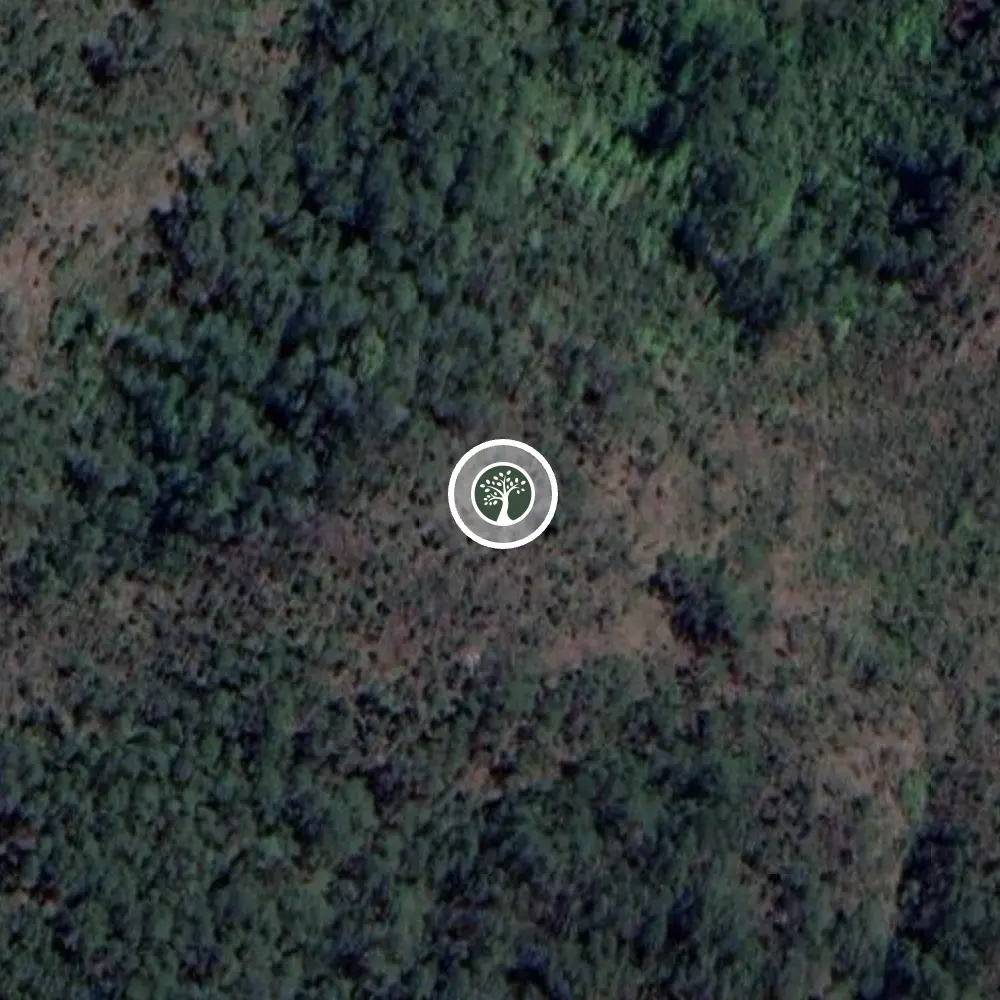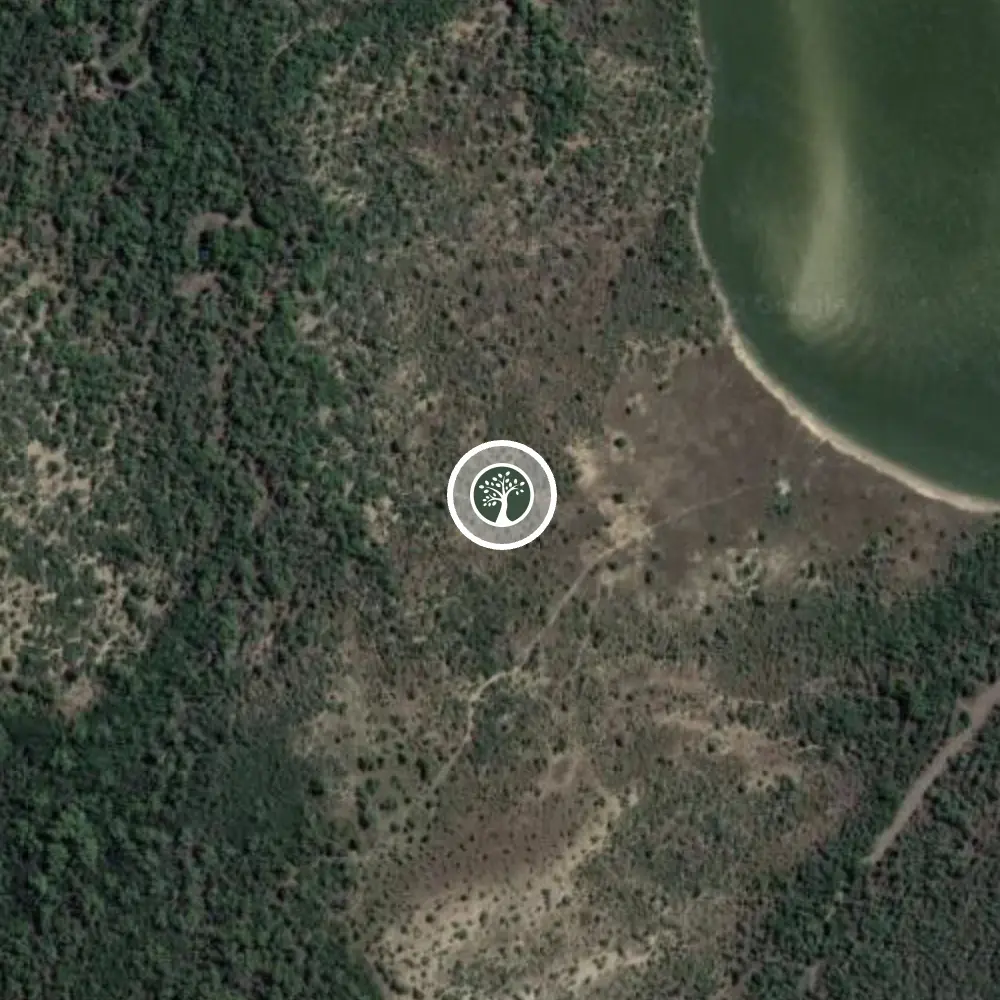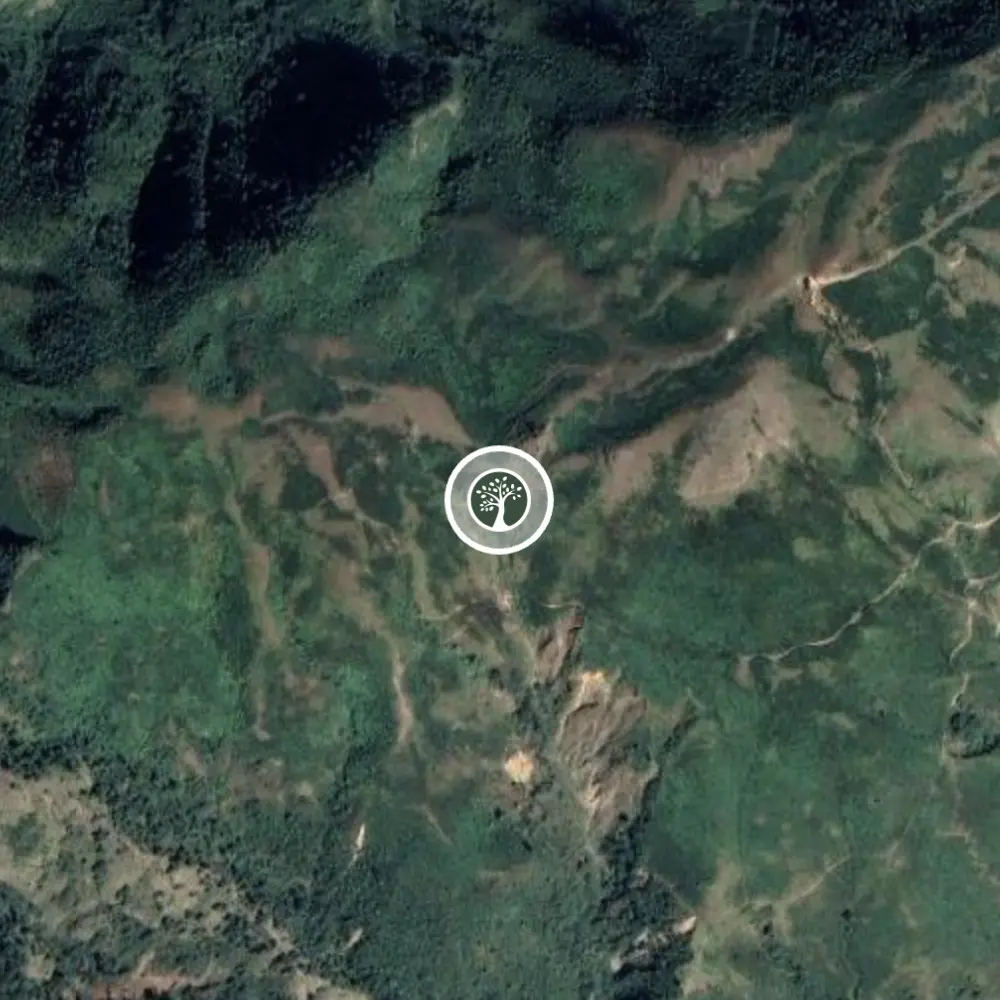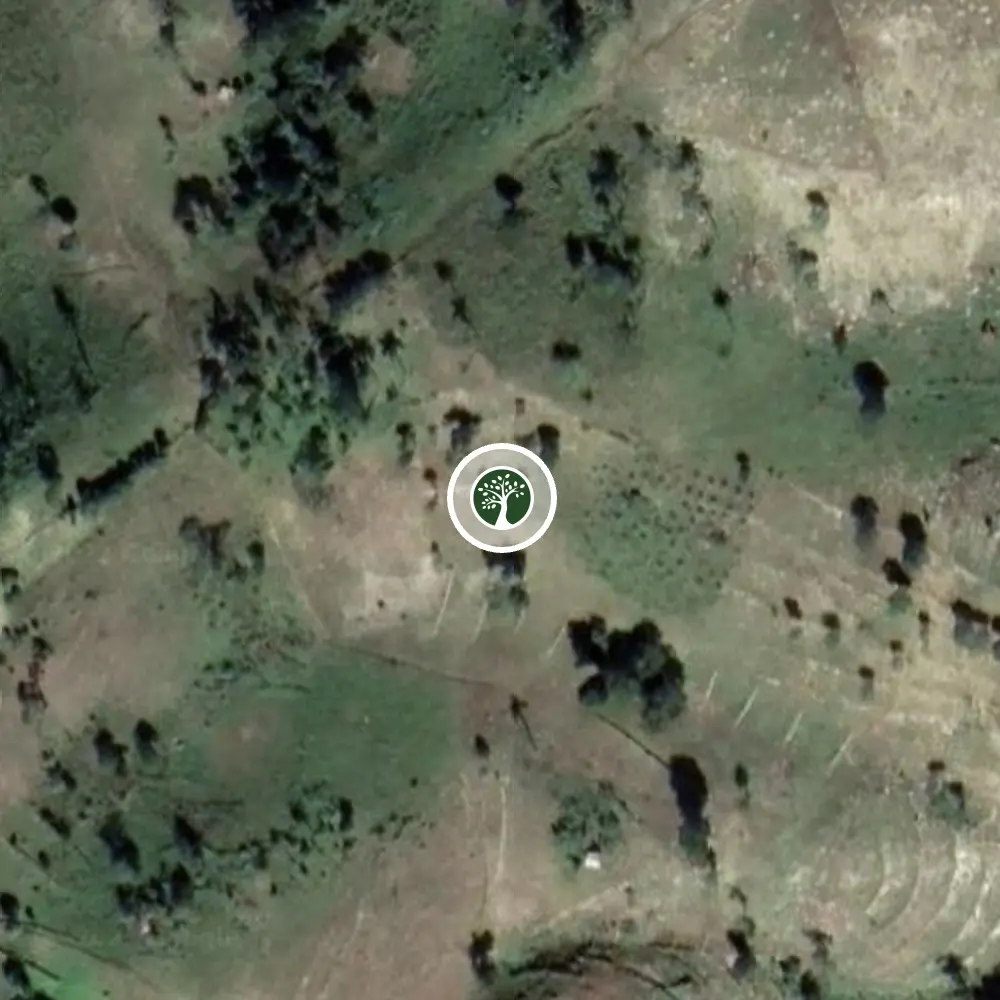
3,596
Trees planted

221
Tonnes of carbon reduced
Mission: We make premium headwear and practical clothing that is better for you and the planet. Vision: To be one of the most cutting edge sustainable apparel brands in the United States of America. To make people feel better and to make the world a better place. Guiding Principle: Better for you. Better for the planet. Motto: Inspired by the world.

Honduras
Honduras is a biodiverse nation home to hundreds of terrestrial, freshwater, and marine species of animals and plants, some found nowhere else on Earth. Unfortunately, growth of palm oil production has led to uncontrolled logging, often in protected areas.
Work in this region is done in partnership with La Tigra National Park to produce, plant, and protect forests destroyed by uncontrolled logging. Reforesting this degraded region with native tree species creates sustainable economic opportunities for the indigenous people living there.
Deforestation threatens the lives of the people and wildlife. Restoring these areas is essential to preserving the area’s watershed and biodiversity.
See Map
Madagascar
This restoration area is located on a lowland mangrove forest along the Akalamboro Estuary surrounding the Akalamboro community in northwest Madagascar. The northern edge of this estuary is part of the Baie de Baly National Park.
Before starting the project, the mangrove forests found in this area were severely impacted by deforestation and forest degradation from charcoal production and wood collection for cooking, construction, and other purposes.
The mangrove forest is unique in that it is a deep-water canal that meets up with an extensive, freshwater river system. This makes it a vital nursery for numerous fish species, abundant Nile crocodile, and multiple bird species, including the endangered Madagascar sacred ibis.
See Map
Nepal
The Lape planting site comprises 280 hectares of degraded tropical and subtropical forest in the Nawalpur District of Nepal.
Nawalpur District’s landscape is diverse, ranging from the lowland Terai plains to peaks over 1,500 meters in the Churia Hills. The Churia Hills are a transition zone from the lowland Terai plains to the Himalayas.
The nearby villages of Bhadaure, Ruchang, and Naram are home to approximately 400 people, most of whom belong to the indigenous Magar, Gurung, and Chhetri ethnic groups and whose traditional livelihood is livestock farming. The Churia Hills are a working landscape composed of tropical and subtropical forests interspersed with traditional terraced agriculture. The primary drivers of deforestation in this area are landslides on hillslopes, illegal logging for external markets, and over- dependency on fuelwood
See Map
Haiti
This agroforestry nursery is located in the Belanger community in northern Haiti. Located where the Noir and Massif du Nord Mountain ranges meet the Artibonite Plains of Gonaïves, this region has a dry, neotropical climate with sparse tree cover and rugged topography.
Many forests were initially cleared for logging, grazing, and agriculture during the colonial period, with the intensification of unsustainable charcoal production practices accelerating deforestation in recent years.
The resulting land degradation has had cascading effects on the environment, agricultural productivity, and local livelihoods. Declining soil fertility and topsoil erosion lower farm productivity and can lead to complete farm failure.
See MapAt Our Forest, our mission is to positively impact our Earth’s climate, wildlife, and biodiversity through global reforestation. We strive to make reforestation an intrinsic part of every business. Together we can grow forests and create a better future for everyone.








